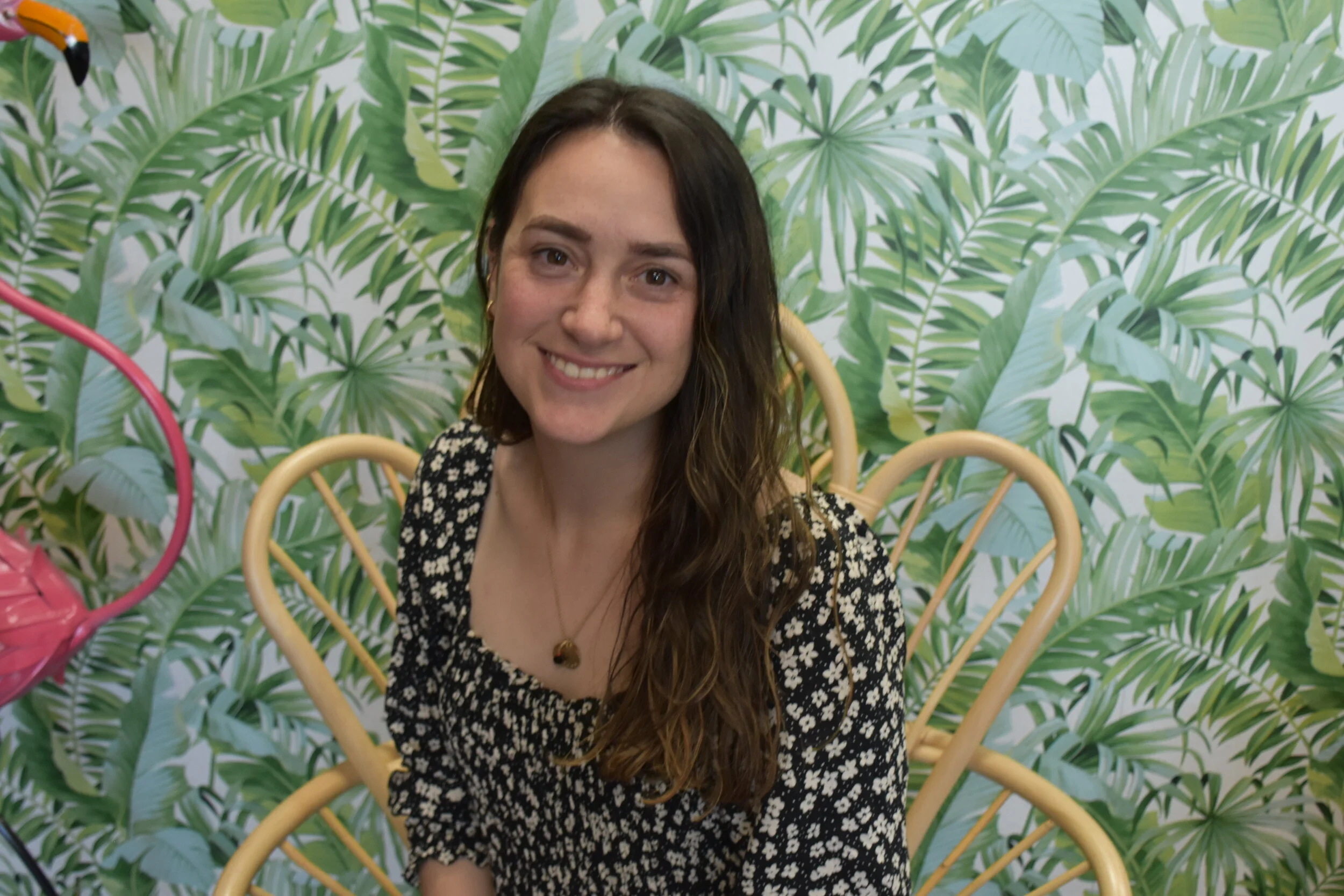what to prioritize when going non-toxic with babies
There are so many non-toxic, sustainable options. It can be hard to know what matters. So if you’re researching how to go toxin-free with your baby and getting overwhelmed, this article will break down what to prioritize.
Because you can’t throw away everything in your house and start over, it’s most important to think about proximity to your baby: Here’s what’s most important.
What they ingest
What your baby consumes should be the highest quality possible. This includes formula and baby food and the bottles and plates or bowls they use.
The FDA isn’t looking out for parents and regulating baby food and formula the way that it should. Baby food and formula in the US have ingredients that are banned from food and cosmetics in other countries. So, it’s up to parents (and their postpartum doulas) to research.
What can you do? Look for formula and baby food that is free of cheap oils like palm oil and sweetener like corn syrup. Choose bottles and dishwater made of glass or silicone.
what goes on their skin
Again, you can’t trust corporations or the FDA to do what’s right just because it’s a product for a newborn. Lots of disposable diapers, baby skin products, and fabric used in clothing, even those marked as baby-safe, include toxins and pesticides that can cause cancer or disrupt their hormones.This also includes baby clothes. Do you know that some baby pajamas are still sprayed with flame retardant, which has ingredients that are known to be harmful and banned elsewhere?
So, when it comes to diapers, go as natural as you can and choose disposable ones free of dyes and fragrances (or choose cloth!) For baby soap, lotion, and other products you put directly on your baby’s skin, avoid products with scary ingredients you can’t pronounce. Like, parabens, phthalates, fragrances, dyes, and petroleum-based ingredients. (Here’s my favorite line of baby-safe products.) When choosing baby clothes, keep it simple with organic, natural fibers like cotton or muslin (and those don’t have to be expensive or fancy!)
Confused by all those terms? Download my free complete guide to non-toxic baby products!
what goes near their skin
Remember I mentioned not throwing out every single cleaning product? You should definitely investigate some of them. Think about which products go on or near your baby.
Will using your favorite less than eco-friendly toilet cleaner harm your baby? I wouldn’t stress about it. But will the products you use to clean their bottles or high chair tray harm them? More likely.
So, do an inventory of what cleaning products touch things that are near your baby. What are they touching with their little hands and putting in their mouths? What air fresheners are they breathing in? Keep these products as simple as possible. If it goes near my kids’ skin or mouths, I stick to water and vinegar or other non-toxic products.
what they sleep on
Babies and toddlers are on their mattresses for up to 18 hours a day. And it’s scary to think that most of the baby mattresses on the market have pesticides, flame retardants, neurotoxins, and other toxins linked to developmental and behavioral disorders. So, when choosing your mattress and crib sheets, this is one area to not skimp or go used. Choose a certified non-toxic mattress and organic natural fibers for crib sheets.And those are the areas you should prioritize when choosing non-toxic baby products: what they ingest, what is on and near their skin, and what they sleep on. Do you have any questions about going non-toxic with your baby? Set up an eco-friendly prenatal meeting with me today!
Hi! I'm Gigi; I'm a postpartum doula, mother to three toddlers, including twins, and a wife to my high school sweetheart. I’m a #swiftie who loves cheesy novels.
As a former teacher, I bring realistic, evidence-based, and actionable advice (and LOTS of handouts.) I help families get all the tools they need to prepare, so once baby arrives, they can focus on resting and bonding instead of researching or stressing. I’m here to streamline the newborn learning curve and help birth parents, partners, and other family members. There isn’t ONE way to have and raise a little human. I’m here to guide parents to find THEIR way so that they can thrive in the fourth trimester and beyond.
Ready to learn how to create an actionable postpartum plan?
Ready to get the support you need in the fourth trimester?
Then learn about my prenatal planning services here!



